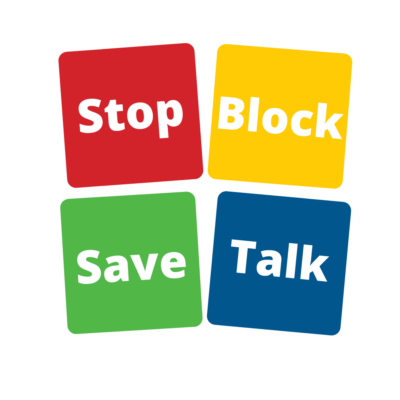
Cyberbullying is a form of bullying in which an individual is targeted and harassed electronically. Harassment can occur via text messages, social media, online forums, video game chat, or anywhere else people interact online.
Cyberbullying is just as damaging and harmful as any other form of bullying and has lasting effects on the target, the person engaging in bullying, and bystanders.


